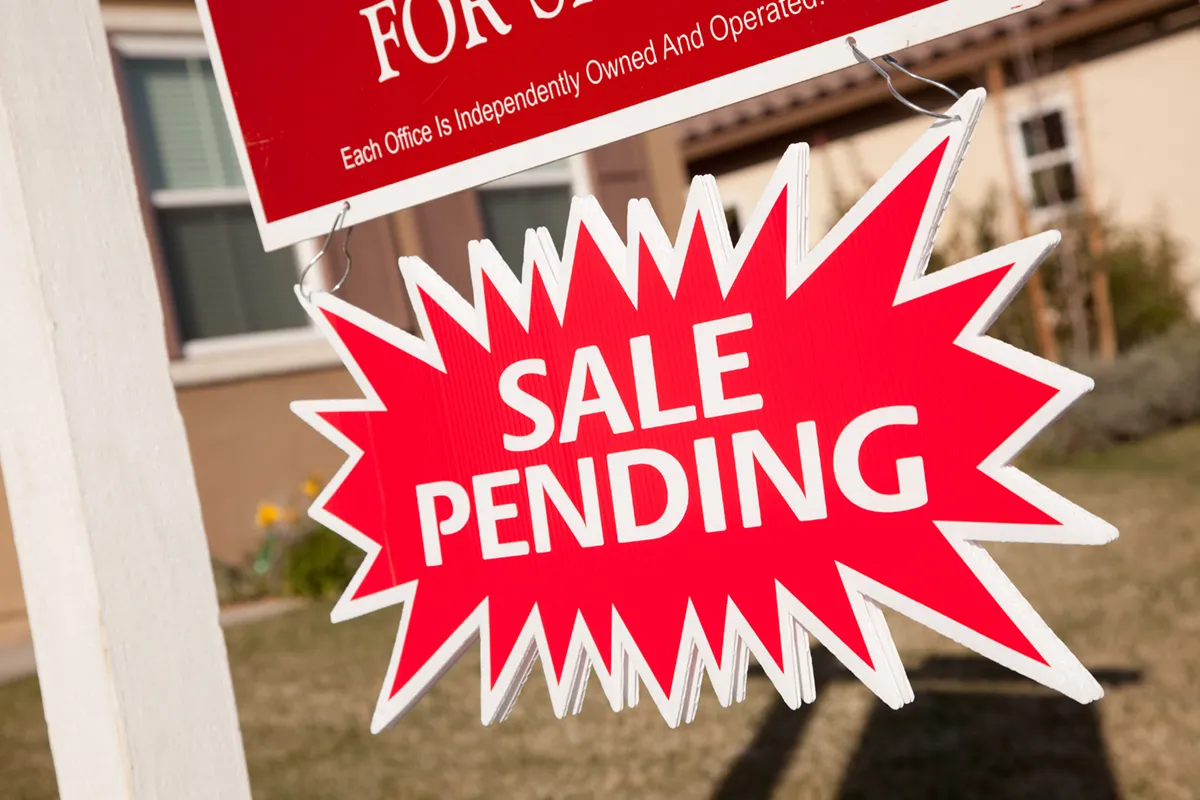Introduction
In the ever-evolving U.S. real estate market, there’s a glimmer of growth and optimism. The most recent data reveals a 1% increase in pending home sales for September, signifying a positive trend in the industry. In this article, we’ll delve into the factors driving this uptick in pending home sales and what it means for both prospective homebuyers and sellers.
Factors Behind the Uptick in Pending Home Sales
1. Low Mortgage Rates
One of the primary factors contributing to the increase in pending home sales is the ongoing low mortgage rates. With interest rates remaining historically low, it has created an enticing environment for potential homebuyers. This affordability factor has driven an increase in demand, resulting in more pending sales.
2. Strong Demand
The changing landscape of work brought about by the pandemic has led to a notable increase in demand for housing. The prevalence of remote work and flexible work arrangements has prompted many individuals and families to reevaluate their living situations. This shift has contributed to the robust demand for housing and, subsequently, the rise in pending sales.
3. Limited Inventory
While demand has surged, the supply of available homes has not kept pace. The limited inventory of homes for sale has created a competitive market. Prospective buyers, eager to secure properties, have led to a higher number of pending home sales as offers are made and accepted more swiftly.
4. Economic Stability
Overall economic stability in the U.S. has played a role in the uptick in pending home sales. As the economy continues to recover from the pandemic’s challenges, increased job security and consumer confidence have improved. This has bolstered individuals’ willingness to make substantial financial commitments, such as purchasing a home.
5. Changing Lifestyle Preferences
The pandemic has brought about lifestyle changes and shifting priorities. Many individuals are reevaluating their living spaces, seeking larger homes, outdoor spaces, or properties in less densely populated areas. These evolving lifestyle preferences have added to the increasing interest in the housing market and, in turn, have led to more pending home sales.

Implications for Homebuyers and Sellers
The 1% increase in U.S. pending home sales is a positive sign, indicating a competitive market. Buyers need to act promptly, as bidding wars and multiple offers on properties have become more common. Being well-prepared, having financing in order, and collaborating with experienced real estate agents are essential for navigating this dynamic market successfully.
For sellers, this increase in pending home sales signals a favorable market. However, it’s important for sellers to be realistic with pricing and ensure their properties are presented in the best possible condition to stand out in this competitive environment.
Conclusion
The 1% increase in U.S. pending home sales for September highlights several factors shaping the current real estate landscape. Low mortgage rates, strong demand, limited inventory, economic stability, and changing lifestyle preferences are all contributing to this growth. For both homebuyers and sellers, being well-prepared and proactive is crucial in this competitive market. The industry’s adaptability and ability to thrive in changing circumstances indicate a positive outlook for the real estate sector, providing optimism for the future.



